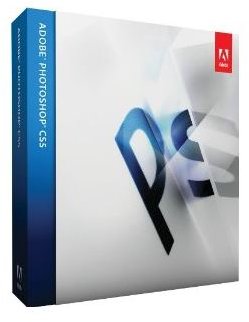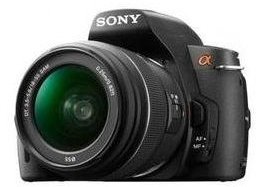A Sample Chart of Accounts for a Photography Business
Assets
In a sample chart of account for a photography business, one of the first things you need to track is your assets for the business. Typical items in every business that classify as assets include cash, bank accounts, inventory, land, buildings, vehicles, investments, equipment and more. These are the items that you actually own when starting and running your business. There are other assets as well referred to as intangible assets such as copyrights, trademarks and computer programs.
In a photography business in particular, here are a number of items that are assets to be listed for your business.
Camera(s) – This includes all cameras used for your business
- Lenses – Any and all lenses needed for photography
- Lighting Equipment – All lights, stands, umbrellas, boxes, etc.
- Backdrops – All backdrops used for photographs
- Software - Photoshop, Lightroom or any other photography-related programs
- Furniture – This includes chairs for photographs as well as any furniture in your office area
- Props – This can include dolls and toys for kids, podiums, blankets, greenery, floral, graduation colors and more
- Computer(s) – The computer must be used primarily for the photography business
- Inventory – This includes frames, albums, and anything else used to sell photographs
- Printing Paper
- Printing Supplies
- Printer
- Sales Literature – This can include posters, pamphlets and business cards
- Cash on hand in a business account. This must be a business account used only for the business and not a personal checking account used for everything.
Liabilities
Liabilities in a business include creditors, credit cards, taxes, employment expenses and loans. If a photographer took out a loan to get the equipment, cameras and computers to run the business, the physical property remain assets but the loans fit under the liability section. Normally, interest accumulated in this area of the accounting is used as deductions for taxes.
Equity
In the sample chart of accounts for a photography business, equity refers to the amount owned by the business owner, which is normally the photographer in a small business, after all liabilities have been removed. This includes all items, tangible and intangible. For bigger corporations, this includes stocks but, for most small photography businesses, this also includes retained earnings.
Income or Revenue
This is the best part of the sample chart of accounts for photography businesses because this is your earnings. The total used in this section involves the gross earnings for the business. It also includes interest income for investments. This area of the statement includes everything you make for your business. The following are areas that count as income and revenue for a photography business.
- Cash sales on photography sessions
- Cash sales on packages sold
- Cash sales on inventory sold (such as frames, albums, etc.)
- Interest earned from bank accounts with business finances in it
- Cash sales for on-location photography
Overhead Costs or Expenses
The expenses for a photography business is where the remaining deductions lie to help you survive tax time. Owning your own photography business means you must pay taxes at intervals for all income made and the expenses are necessary to help you break closer to even when Uncle Sam comes calling. These expenses are what is used to make sure your business continues running and allows you to remain a working photographer. These differ depending on whether you work out of your home or from a studio.

The following expenses and overhead costs are samples of what you can look for with your photography business.
- Rent – If you have a studio, the rent you pay for the studio is an expense for your business. If you work out of your home, only a percent of your rent is used as a business expense. This is dependent on whether or not the area of the home is used primarily for photography and nothing else. Your tax accountant will know how much you can claim based on your work space.
- Utilities – This is the same as rent. If you have a studio, everything is deductible as an expense. If you work from home, part of your electricity and Internet is deductible but trust in your financial adviser on what percent to use.
- Auto Expenses – Keep track of all mileage you use when going to assignments. This is all tax deductible as expenses.
- Marketing and Promotion – This includes your web domain for your business as well as the cost of printing fliers and booklets. Any advertising done in newspapers or booths at photo fairs is also an expense on your reports.
- Maintenance of Cameras and Equipment – Any care you give to your cameras, including tune-ups and repairs are included here. When lights need to be replaced or anything needs to be fixed, it is an expense as well.
- Software and Computer Upgrades – If you need to upgrade your photo editing software or even want to buy better software. You can also purchase additional storage space for your photos outside your main computer and that goes here as well.
- Insurance – Any insurance you purchase to protect your business is included here. This can also include insurance for your rental property, insurance on specific expensive cameras and equipment and basic liability insurance.
References
Bplans: Photography Studio Business Plan
